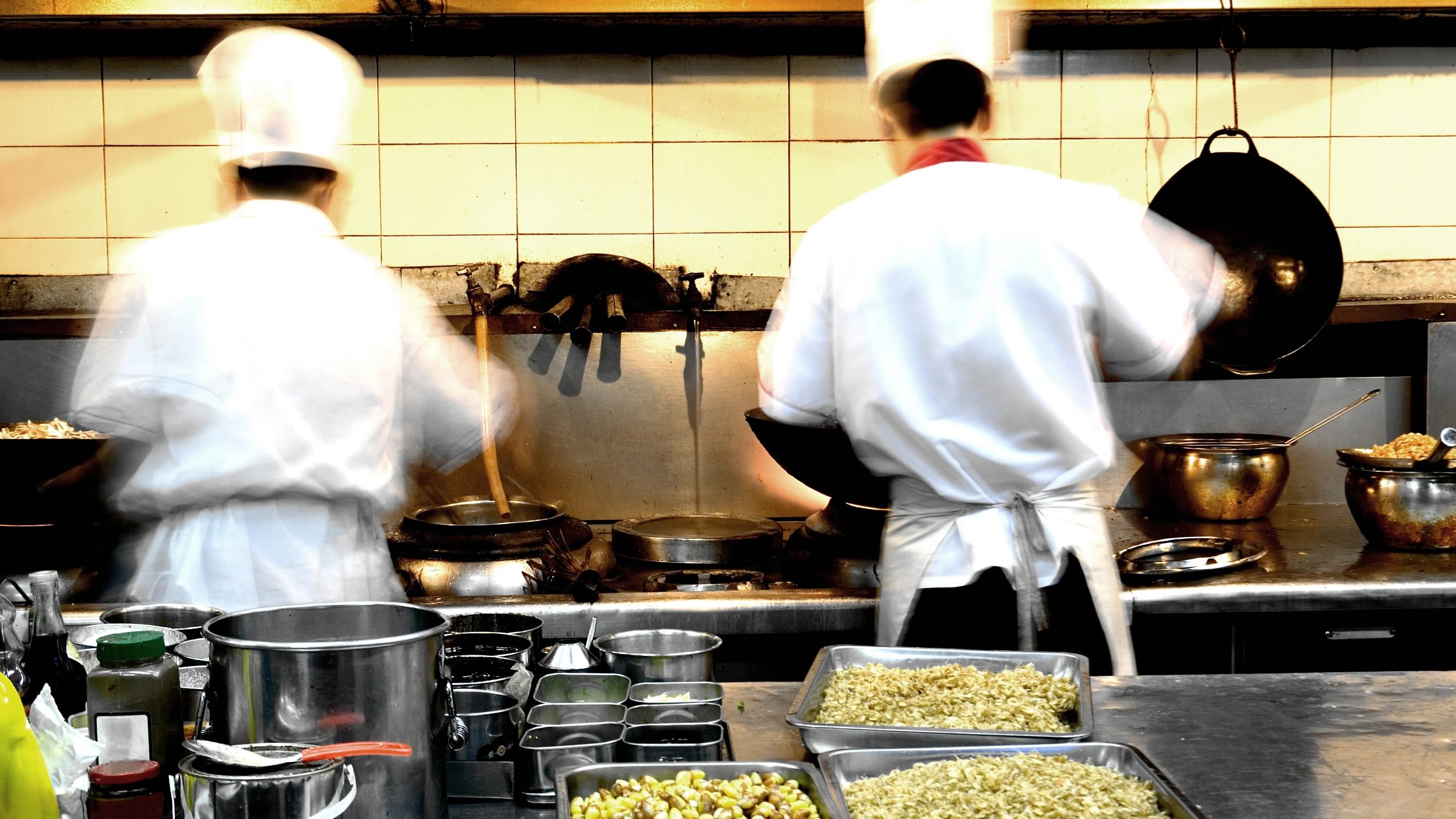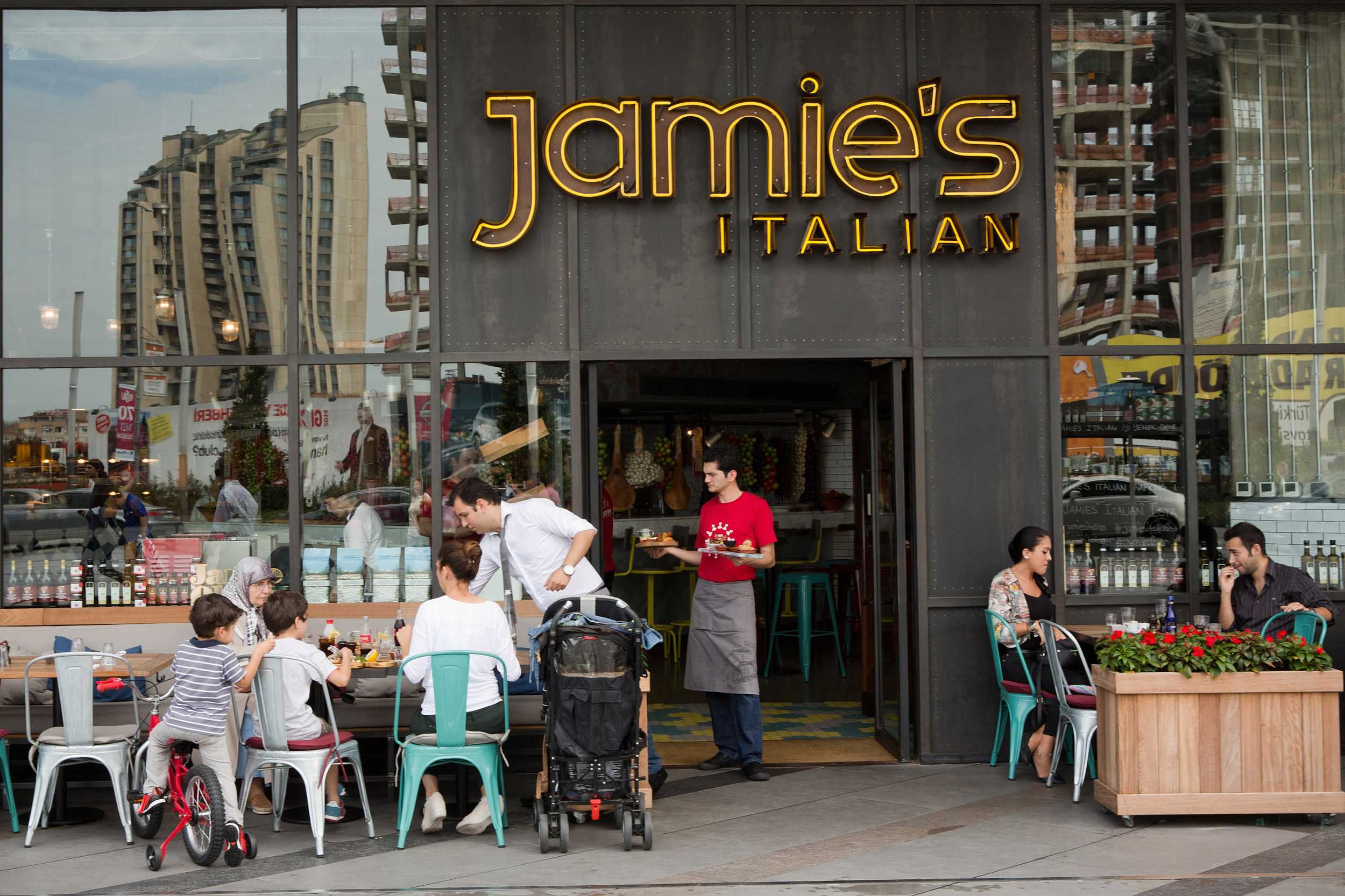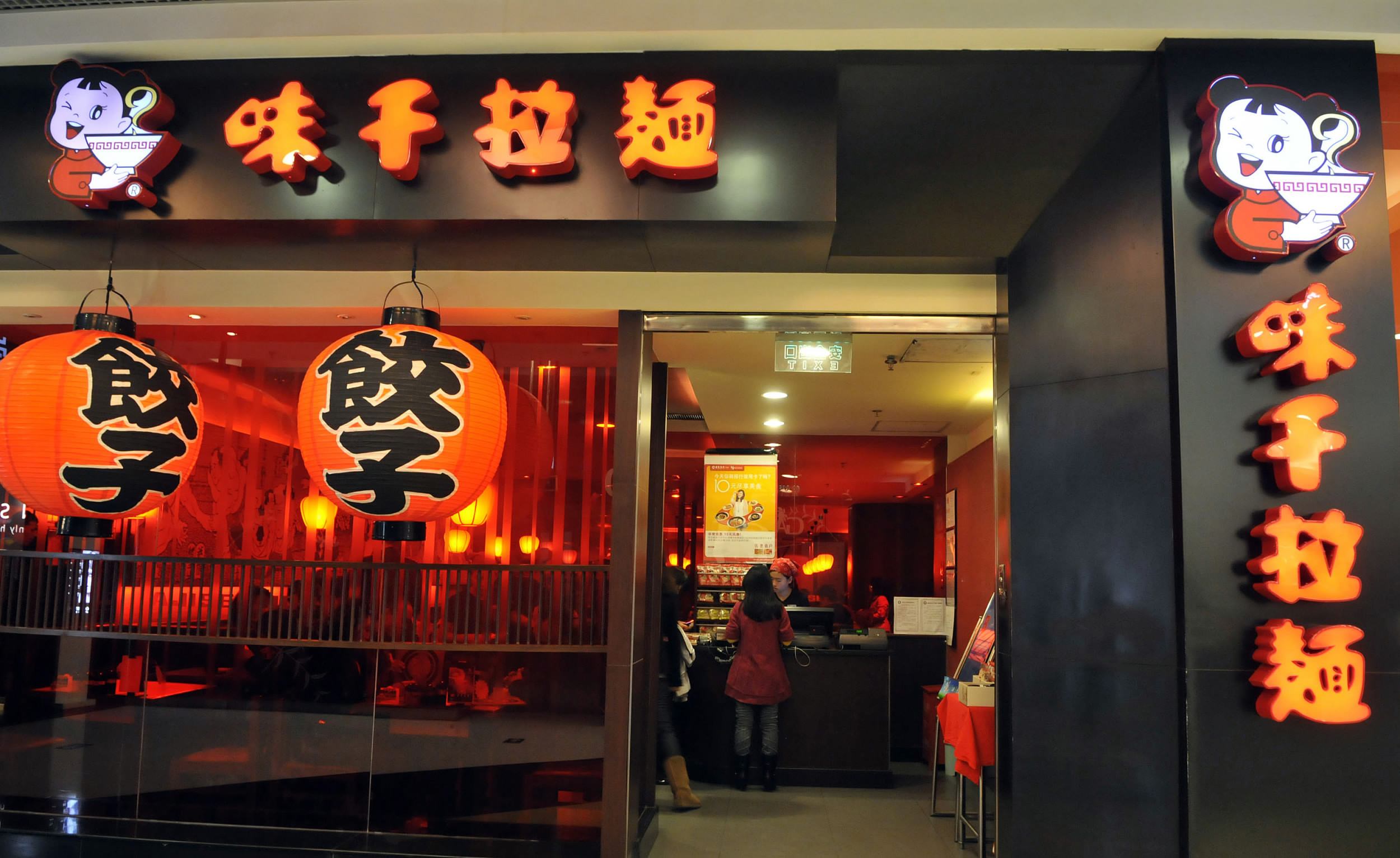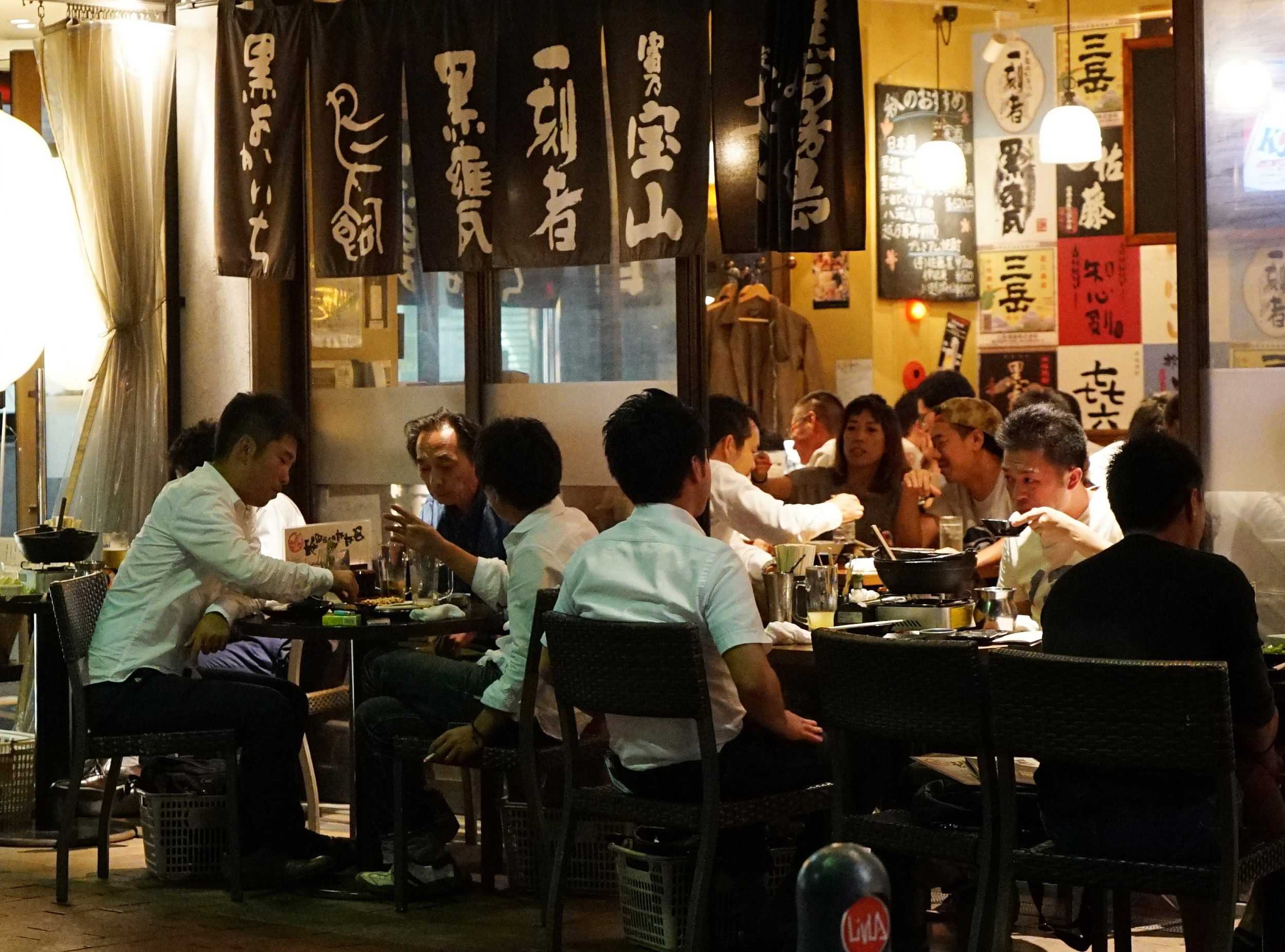
Business
15:28, 01-Mar-2018
Finding a recipe for success in China's restaurant boom
Nicholas Moore

A series of major UK restaurant chains have announced plans to close branches and lay off thousands of workers, years after a boom in the casual dining sector. As China’s restaurant industry sees double-digit growth, what lessons can it learn?
Italian restaurant chain Prezzo will close a third of its 100 UK stores, meaning potential job losses for 1,000 staff. The number of UK restaurants forced to close went up by 20 percent in 2017, with major chains like Jamie’s Italian and Byron also closing around a third of their locations.
While consumer spending in the UK was down last year, the restaurant trade has suffered particularly after rapid over expansion.

A Jamie's Italian restaurant in Istanbul, Turkey. Despite expanding internationally, celebrity chef Jamie Oliver's chain of restaurants lost 9.9 million pounds last year (13.6 million US dollars). /VCG Photo
A Jamie's Italian restaurant in Istanbul, Turkey. Despite expanding internationally, celebrity chef Jamie Oliver's chain of restaurants lost 9.9 million pounds last year (13.6 million US dollars). /VCG Photo
Consumers have too much choice, affecting brand loyalty and putting pressure on an industry struggling to deal with increasing costs, along with concerns over how Brexit will affect consumption, supply chains and the labor market.
Ride the boom, avoid the bust
Meanwhile in China, the picture appears to be completely different. In 2017, the restaurant industry increased by 11.3 percent in 2016, reaching a value of 3.5 trillion yuan (514.6 billion US dollars) according to a report by Meituan-Dianping, one of China’s biggest mobile services platforms.
With China’s growing middle class and a new young generation of consumers spending more on eating out, China’s casual dining scene appears to have a bright future.
The growth of social media has led to a boom in word-of-mouth recommendations for niche eateries, while advances in mobile technology have led to a food delivery boom.
However, that same report by Meituan-Dianping revealed that of the 100 new restaurants that open every day in top-tier cities, 70 will not last one year.
More than 10,000 restaurants based in 545 shopping malls in first and second tier cities closed in 2017, according to Winshang Data – a big data research firm that focuses on the services sector.
Food safety laws, escalating costs and poor management have seen new franchises and well-established chains fall by the wayside in recent years.

Queues of customers waiting for tables are a common sight outside branches of Haidilao. /VCG Photo
Queues of customers waiting for tables are a common sight outside branches of Haidilao. /VCG Photo
High profile food safety scandals last year closed down Shanghai luxury baker Farine, and put well-known hotpot chain Haidilao into hot water. While Haidilao just about survived after publicly apologizing, other chains have been wiped out altogether by authorities that are committed more than ever before to hygiene.
Slow to adapt
Restaurant chains that have existed in China for decades have also felt the pinch, after struggling to update their menus and services in a fast-changing sector.
Japanese noodle chain Ajisen Ramen has 669 stores in China, where it opened its first branch in 1996. In 2017, Ajisen Ramen in China announced profits had fallen by 80.9 percent, with 13 stores forced to close.

Ajisen Ramen's biggest market is in China, but consumers appear to be looking for new flavors elsewhere. /VCG Photo
Ajisen Ramen's biggest market is in China, but consumers appear to be looking for new flavors elsewhere. /VCG Photo
Analysts blamed Ajisen’s failure to change its menu and adapt to new healthy eating trends, which have seen rivals successfully promote organic noodles and vow to never use genetically modified ingredients in their dishes.
The sheer size and potential of China as a market for the restaurant industry is both a blessing and a curse. While a successful food chain could potentially make huge amounts of money, there is often poor oversight on franchises that have spread to all corners of the country.
Singaporean bakery chain Breadtalk has been a big success in China, but a failure to spot a decline in standards in its franchises in the eastern province of Fujian led to a closure of all of its stores in the region last August.
As KFC and McDonald’s have discovered in the past, hygiene failings at just a few franchises or in the supply chain can damage an entire reputation.
Fast-changing tastes
With the growth of social media, reputation is now everything to budding restaurant businesses, while a failure to pick up on the latest online trends can be make or break for many chains.
Meituan-Dianping reported in January that the number of users searching for the word “brunch” had increased by 137 percent in the last year, while there was a 355 percent pickup in people looking to eat at Japanese izakaya-style locations.

Japanese-style izakaya pubs are in vogue among Chinese consumers. /VCG Photo
Japanese-style izakaya pubs are in vogue among Chinese consumers. /VCG Photo
If restaurants paid attention to current trends, more of them would be open until the early hours of the morning – there was a 315 percent surge in people looking to order take-outs between 10pm and 2am last year.
13 million people order takeaway every day through Meituan-Dianping, yet the 130 billion yuan (20.5 billion US dollars) worth of deliveries made in 2016 represented only four percent of restaurant food sold.
That is expected to increase to 10 percent by 2018, and with 70 percent of customers in the post-80s and post-90s bracket, food delivery has strong long-term prospects.
While the Chinese restaurant boom will continue for many years to come, intense competition and fast-changing consumer habits will see more chains come and go.
Eventually the market will slow down towards a saturation point - over expansion and a failure to adapt then could see more businesses in similar trouble to chains today in the UK.

SITEMAP
Copyright © 2018 CGTN. Beijing ICP prepared NO.16065310-3
Copyright © 2018 CGTN. Beijing ICP prepared NO.16065310-3